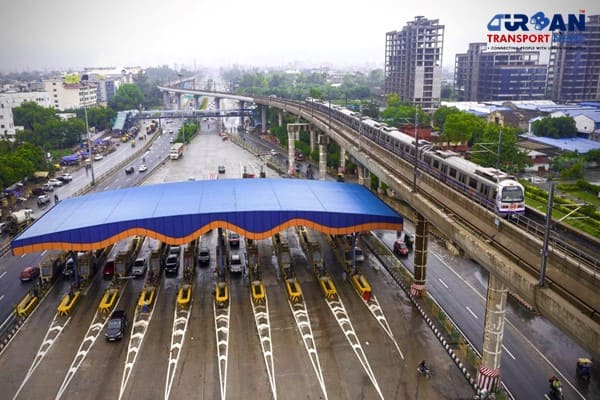 Vensa Infrastructure wins ₹412.58 crore civil contract for Hisar Airport
Vensa Infrastructure wins ₹412.58 crore civil contract for Hisar Airport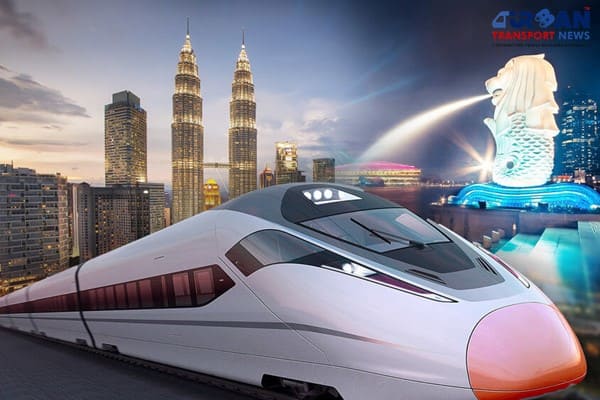 Kuala Lumpur-Singapore high-speed rail project cost could be slashed to RM70 Billion
Kuala Lumpur-Singapore high-speed rail project cost could be slashed to RM70 Billion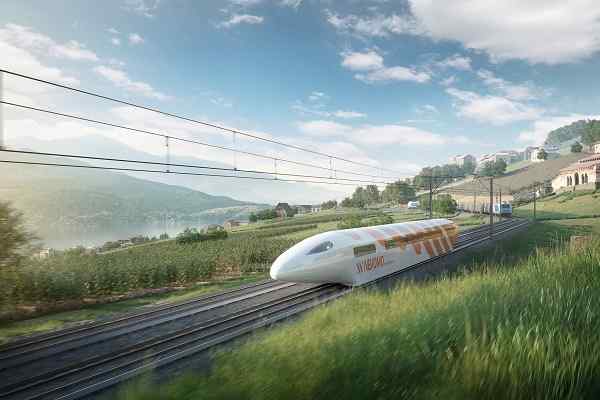 Nevomo's MagRail Technology Selected for Hyperloop Freight Demonstrator
Nevomo's MagRail Technology Selected for Hyperloop Freight Demonstrator Russia signs deal to procure bullet trains for Moscow - St. Petersburg high-speed line
Russia signs deal to procure bullet trains for Moscow - St. Petersburg high-speed line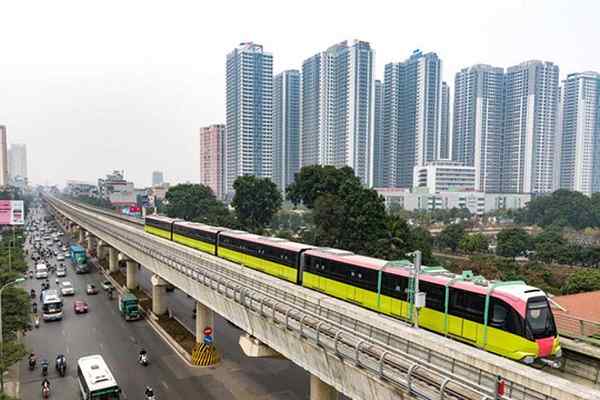 Vietnam plans new metro rail lines to replace its BRT systems in Hanoi
Vietnam plans new metro rail lines to replace its BRT systems in Hanoi 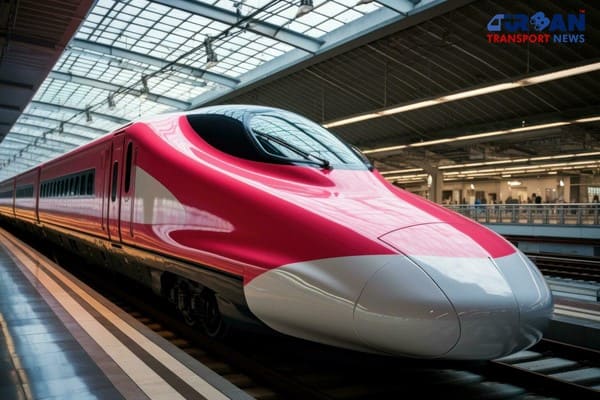 Revolutionizing Indian Railways: The Rise of Indigenous High Speed Bullet Trains
Revolutionizing Indian Railways: The Rise of Indigenous High Speed Bullet Trains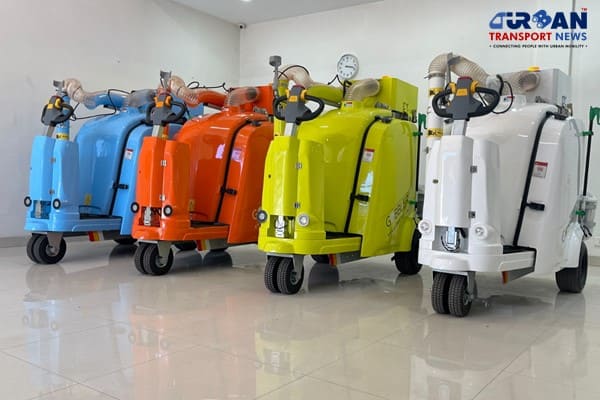 Ayodhya deployed Gobbler Litter Buster to keep the City clean
Ayodhya deployed Gobbler Litter Buster to keep the City clean BMW's Emissions Investigation: What Does It Mean for Drivers?
BMW's Emissions Investigation: What Does It Mean for Drivers?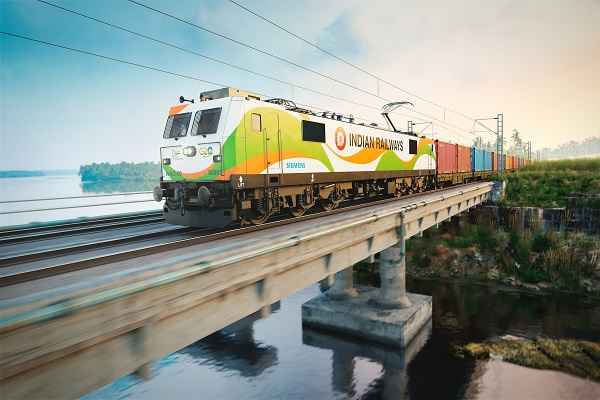 171 Years of Indian Railways: A History of Innovation and Progress
171 Years of Indian Railways: A History of Innovation and Progress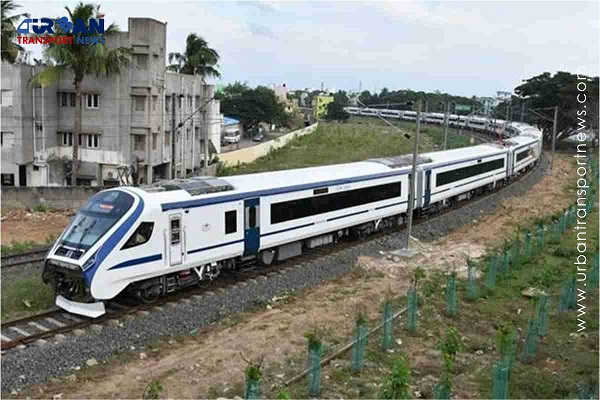 Vande Bharat Express trains carries over two crore passengers since their inception
Vande Bharat Express trains carries over two crore passengers since their inception
Exclusive interview of C Shikha, IAS and Ex-MD, BMTC Bengaluru
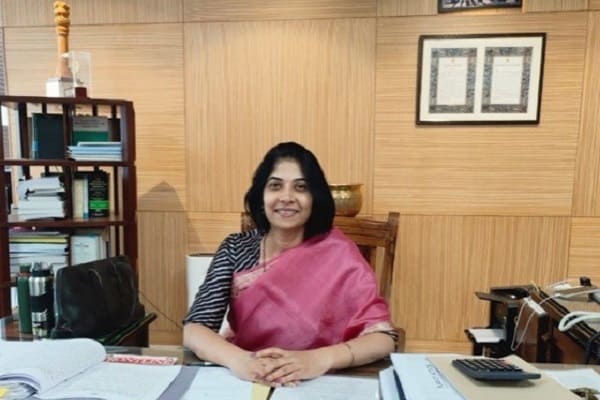
Ms. C. Shikha has worked with the Government of Karnataka in various capacities, including a tenure as Deputy Commissioner of Mysore District, during which it was declared as the cleanest city in the country in 2015. She has also worked as the Managing Director of Bengaluru Metropolitan Transport Corporation (BMTC) – a bus-based public transport system and introduced bus priority lanes and electric buses to the city. Currently, she is the Commissioner of Commercial Taxes, Karnataka state.
Hailing from Bhopal, she did her bachelor’s degree in Engineering (Instrumentation and Control Engineering) at the National Institute of Technology, Trichy in Tamil Nadu, India. Ms. C. Shikha belongs to the Indian Administrative Service (IAS) batch of 2004. Her resume also includes the position of Commissioner for Pre-University Education, during which she has strengthened the examination and academic system of the state. She has held the position of Managing Director, Bangalore Electricity Supply Company (BESCOM) in 2018-19 and was instrumental in conceptualising and designing the scheme of converting all overhead infrastructure to underground cabling in the city of Bangalore to ensure the safety of the public and reliability of power supply. As Chief Executive Officer of Zilla Panchayat (District Development Council), Dharwad, she received the Prime Minister’s award for her work in the implementation of the scheme under the Mahatma Gandhi National Rural Employment Guarantee Act (MGNREGA).
In her various leadership positions, Ms Shikha has accumulated extensive experience in handling matters connected with the maintenance of law and public order, land matters, and implementation of flagship programmes of the Government of India and Karnataka in areas of public transport, energy, education, and infrastructure development. To know more about her journey as a woman leader in urban planning, we invited her to share her story.
How did your early years help you prepare for the various leadership roles you have undertaken over the years?
I was the first woman to take charge as the Commissioner of Commercial Taxes, Karnataka state in July 2021. Before taking up this role, I headed the Bengaluru Metropolitan Transport Corporation (BMTC) as the Managing Director. BMTC at that point of time carried around 30 lakh passengers per day, which was before the COVID-19 pandemic. During my tenure, BMTC has implemented several unique and innovative interventions, such as the bus priority lane project of around 20 km on the outer ring road of the city. The project was implemented through the collaboration of multiple departments which included the Bruhat Bengaluru Mahanagar Palike (BBMP), the Directorate of Urban Land Transport (DULT), and the Bengaluru traffic police. In addition to this, electric buses were procured during my tenure. Under the Smart City scheme, BMTC procured 90 electric buses using the Gross Cost Contract Model for providing first and last-mile connectivity to metro stations. The transport corporation has also placed the order of 300 electric buses under the FAME II scheme. In my opinion, my background in engineering has been beneficial for my leadership roles at BMTC and the Bangalore Electricity Supply Company (BESCOM).
What challenges have you faced?
During my role as Managing Director at BMTC, I observed a significant disparity in the number of male and female participants at national and international conferences. A low number of female participants indicated that women were underrepresented across the transport sector. Very few women were involved in leadership roles or managerial roles in the sector. In my opinion, the transport sector is treated as a male-dominated field and is one of the key reasons behind low women representation at different hierarchies of the sector.
Lack of infrastructure for females and unsafe work conditions are major challenges for women in the transport sector.
Public spaces such as bus stations and depots lack basic amenities required for female passengers and employees. Being a female leader made me focus on equipping bus stations, depots with adequate amenities for female conductors. Furthermore, BMTC also tackled the safety concern by conducting a self-defence training programme for women staff under the Nirbhaya scheme. The programme trained all female employees and conductors with the help of the Bengaluru police.
Do you think having more women at the leadership level can play a key role in making transport systems safer and more inclusive?
I believe that more women leaders in the transport sector will encourage women to join the sector at different hierarchal levels. Female leaders play a key role in lowering the entry barrier and making the sector more accessible to women. Increasing their representation will definitely have a positive impact on the sector.
Do you think women leaders are more considerate of gender-sensitivity in their approach while planning and implementing projects?
In my opinion more woman employees would result in gender-sensitive commute planning and woman friendly auxiliary infrastructure. I have experienced that women at managerial roles such as District Transport Officers (DTOs), and depot managers actively participate in bringing ideas for making the journeys woman friendly. Therefore, having more women leaders in the transport sector shall certainly help in making it gender-sensitive for female employees and commuters.
Many cities are taking initiatives to include women in their workforce, especially as drivers and conductors. While we have seen an increase in women conductors, the same hasn’t been observed for women drivers. What steps do you think are necessary to make this change?
Women were not allowed to enter the transport sector as a conductor or driver for a long time. Karnataka has removed this barrier partially by allowing women to join BMTC as conductors. Recently, a significant number of female conductors were inducted across Karnataka. Conversely, the position of the driver has specific height restriction and preference of drivers with two to three years of experience, making it difficult for women to enter the field. Other entry barriers include odd working hours, lacking infrastructure at depots, terminals, and buses with conventional steering and seats that are difficult to manoeuvre. I have personally driven a Volvo bus and feel that the hydraulic steering and seats make it easier to drive the bus as compared to the earlier diesel buses, which will also be the case with electric buses.
The transition to electric buses can be looked at as an opportunity to induct women drivers as it will require skill development.
Proactive measures from transit authorities such as training, relaxations of pre-requisites, adoption of modern buses with hydraulic seats and steering, and adequate amenities at the bus stations and depots could make the field more accessible to woman drivers. However, a conservative mindset remains the foremost obstacle for women drivers, and change in mindset would be required for the successful adoption of the above measures.
Many studies have identified the travel experiences of women as a barrier for them to take up work opportunities. The issues they face range from safety and convenience, to cost and accessibility. How do you think we can resolve this issue? Can digital technology act as an opportunity for the same?
Digital technology holds the key to resolving several challenges encountered by women commuters. BMTC has implemented several interventions to incorporate a range of digital aspects into the bus operations. The use of ticketing data from smart cards to understand the travel pattern of female commuters and planning the services accordingly is one of the measures to mitigate the challenges faced by female passengers. Introducing digital solutions to relay real-time information which in turn enables women passengers to reduce waiting time. Adequate infrastructure at bus terminals such as maintained restrooms, nursing rooms, well-lit seating areas, reserved seats inside the bus, and subsidised trips for poor women would resolve the issues and encourage them to use bus services. Karnataka state has provided subsidies for women garment workers to encourage poor women to access work at a lower price. Better lighting inside the buses and at the bus stops, terminals, depots and creating safe first and last-mile connectivity options could be one of the solutions for tackling the safety concerns.
What changes in policies/infrastructure/incentives may inspire more women to join the transport sector at all levels? What are the initiatives that you have taken or plan to undertake in the future for inclusion of all genders in the transport sector?
In my opinion, women's participation in transport could be improved through three kinds of interventions:
- Designing policies to cater to the needs of woman employees, considering maternity leaves, childcare facilities, provision for pick/drop service for early/late shifts can make a significant impact;
- Targeted advertisement programmes for encouraging women to pursue a career in transport, can make the sector more inclusive in the upcoming years;
- Enhancing the infrastructure at workplaces is also considered vital in encouraging women's participation.
BMTC has implemented a unique depot-level measures to improve the working conditions for women employees and keep them motivated. They conducted self-defence training programmes for female employees in collaboration with the Bengaluru traffic police. The transport corporation also organised rounds of counselling sessions for women employees at bus depots. Few women’s organisations visited the BMTC women staff at depots for the counselling sessions where they advised the staff regarding several private and professional challenges.
Any final words for women in their early stages in the transport sector?
I believe that the urban transport sector is very engaging and that women entering the sector could experience significant career progression. As Managing Director of BMTC, I have worked with woman transport planners and several organisations that are actively involved in making urban transport woman friendly. I personally know of several female urban and transport planners who have actively worked towards planning and implementing public transport services. They have assisted BMTC in designing, modelling, and implementing innovative projects such as bus priority lanes, metro feeder services, etc. In the end, I would say that women in the early stages of their career will definitely have a promising career ahead and leave a mark in the society.
(This interview is part of the #MindTheGap campaign to celebrate women leaders in the Indian transport sector. The campaign aims to inspire more women to lead the way in making transport systems more inclusive and safer for all. ‘Women Leaders in Transport’ is an interview series initiated by the Indo-German development cooperation project ‘Integrated and Sustainable Urban Transport Systems for Smart Cities in India (SMART-SUT)’ commissioned by the German Federal Ministry of Economic Cooperation and Development (BMZ) and implemented by Deutsche Gesellschaft für Internationale Zusammenarbeit (GIZ) GmbH in cooperation with the Ministry of Housing and Urban Affairs (MoHUA), Government of India.)





